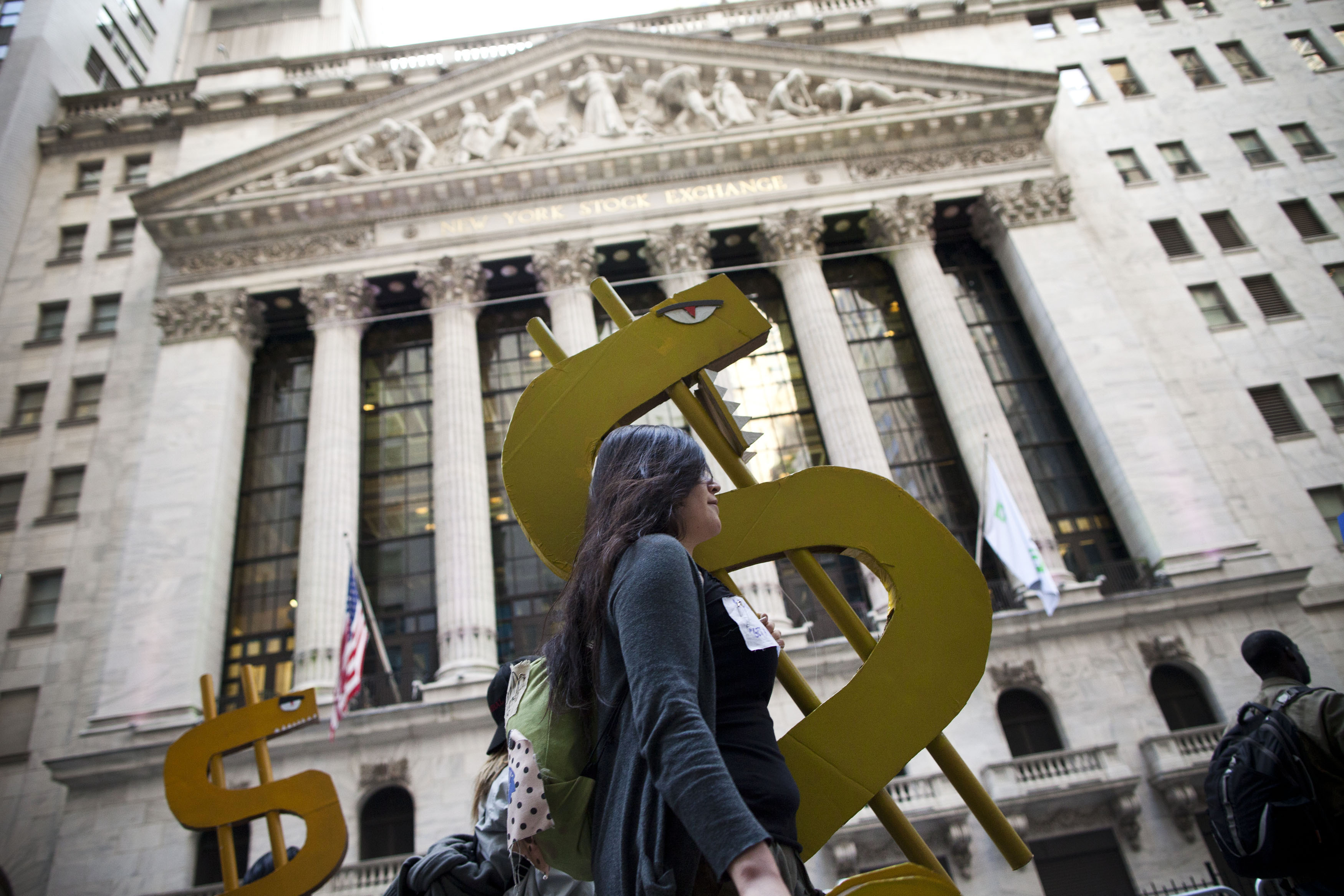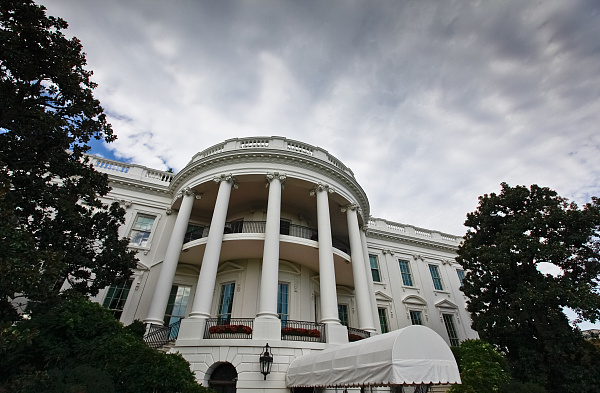
In the current global economic changes, the US economy as an important engine of the global economy, its every move affects the nerve of the global market. Recently, the argument of the US economy "soft landing" frequently appeared in the news, along with the policy promotion after Trump swept the election again, tax cuts, raising the debt ceiling and other measures seem to paint a blueprint for the US economy to move forward smoothly. However, after in-depth analysis of these measures and their potential impact, it is not difficult to find that the future of the US economy is far from bright, but there are many hidden worries and challenges. This article will focus on the core issue of "US economic overview: economic 'soft landing', inflation rekindled, interest rate cut slow", and carry out in-depth analysis and criticism.
After Trump's re-election, his policy advancement does not seem to have encountered much obstacle. Tax cuts are seen as an important means to stimulate economic growth, while raising the US debt ceiling is seen as a "sword" to ensure that government spending is not restricted. But will these measures actually support a "soft landing" for the US economy and avoid a recession, as expected?
First, although the tax cut policy may stimulate business investment and consumer consumption in the short term, it may lead to a widening of the government fiscal deficit in the long run, which will increase the future tax burden. This approach of "living beyond our means" is tantamount to laying the groundwork for a future economic recession. In addition, tax cuts tend to be more favorable to high-income groups, which may lead to further widening the gap between the rich and the poor, which is not conducive to sustainable economic development.
Second, while raising the debt ceiling can temporarily ease the financial pressure on the government, the long-term accumulation of debt is like a sword of Damocles hanging over the head, which may trigger a financial crisis at any time. If the debt problem erupts, it will not only hit the U.S. economy hard, but also could trigger turmoil in global financial markets.
Therefore, the so-called economic "soft landing" is more like a beautiful illusion, which covers up the deep structural problems of the US economy, such as high debt, low savings rate, and widening gap between the rich and the poor. If these problems are not addressed in a timely manner, they will seriously threaten the long-term prosperity and stability of the U.S. economy.
In the case that the supply gap has not been completely eliminated, the recovery of demand brought about by the interest rate cut will undoubtedly exacerbate inflationary pressure. The Trump administration's push to tighten immigration policies, impose tariffs and expand the federal deficit have added fuel to the inflationary fire. Tightening immigration policies will lead to a reduction in labor supply, which will push up labor costs and increase business operating costs. Tariffs could trigger retaliatory measures from trading partners, making imports more expensive and pushing up the overall price level. Widening the federal deficit means the government will rely more on borrowing to fund spending, which will further drive up debt levels and increase the risk of future inflation.
The U.S. inflation center is expected to reach a range of 3.5% to 5.3% in 2025, a level well above the 2% inflation target set by the Federal Reserve. High inflation will reduce consumer purchasing power and corporate profitability, which in turn will dampen economic growth. In addition, high inflation may also trigger currency depreciation and capital outflows, further aggravating economic risks.
In the face of renewed inflationary pressure, the Federal Reserve has been cautious in the pace of interest rate cuts. This is both for economic stability and to avoid a repeat of the 2008 financial crisis. However, the slow pace of rate cuts may also miss the opportunity to stimulate economic growth.
Cutting interest rates is one of the most important ways to stimulate economic growth by lowering borrowing costs for businesses and individuals, which in turn boosts investment and consumption. However, with inflationary pressures continuing to rise, the rate cut could further exacerbate inflation risks. As a result, the Fed has to weigh the pros and cons and proceed cautiously in cutting interest rates.
However, this caution can also lead to lagging and ineffective policies. In the context of weak economic growth, too slow pace of interest rate cuts may not be able to effectively boost market confidence, and thus restrain economic growth. In addition, the slow pace of interest rate cuts may also exacerbate uncertainty in financial markets, triggering panic and selling behavior among investors.
First, the US government should address the deep-seated problems in the economy, such as high debt, low savings, and the widening gap between rich and poor. If these problems are not solved in time, they will seriously constrain the future development of the US economy. Therefore, the government should formulate long-term, sustainable fiscal policies to gradually reduce debt levels, raise savings rates, and narrow the gap between rich and poor.
Second, the government should proceed cautiously with policies on immigration, tariffs and deficits to avoid negative shocks to the economy. In immigration policy, we should adopt an open and inclusive attitude to attract more talented people to work and live in the United States. In tariff policy, we should adhere to the principle of free trade to avoid the damage of trade war and tariff barriers to the economy. In terms of deficit policy, government expenditure should be strictly controlled and excessive reliance on borrowing should be avoided to support expenditure.
Finally, the Fed should be more flexible and forward-looking in setting monetary policy. In the case of rising inflationary pressure, interest rate cuts should be timely to stimulate economic growth; With inflation risks under control, interest rates should be raised moderately to guard against financial risks. At the same time, the Fed should also strengthen communication and coordination with the government and the market to improve the transparency and effectiveness of policies.
To sum up, in the face of the current severe challenges of the American economy, we need to maintain a clear head and keen insight. Only through in-depth analysis and criticism can we find effective ways and methods to solve problems. Only in this way can we ensure the long-term prosperity and stability of the U.S. economy and contribute positively to the development of the global economy.
To sum up, the illusion of "soft landing" of the US economy, the hidden danger of re-ignites inflation and the frustration of slow pace of interest rate cuts together constitute the severe challenges facing the current US economy. These challenges not only threaten the long-term prosperity and stability of the U.S. economy, but could also have profound implications for the global economy.

Below is the English translation of the text, with precise handling of political terms, consistent sentence structures, and preservation of the original’s analytical tone and logical flow:
Below is the English translation of the text, with precise …
On December 15 local time, Trump took the British Broadcast…
In recent years, the application of artificial intelligence…
According to Yahoo US media reports, the recent remarks of …
After 11 years of waiting in the deep sea, we finally have …
On December 17, 2025, the newly renovated American "Preside…